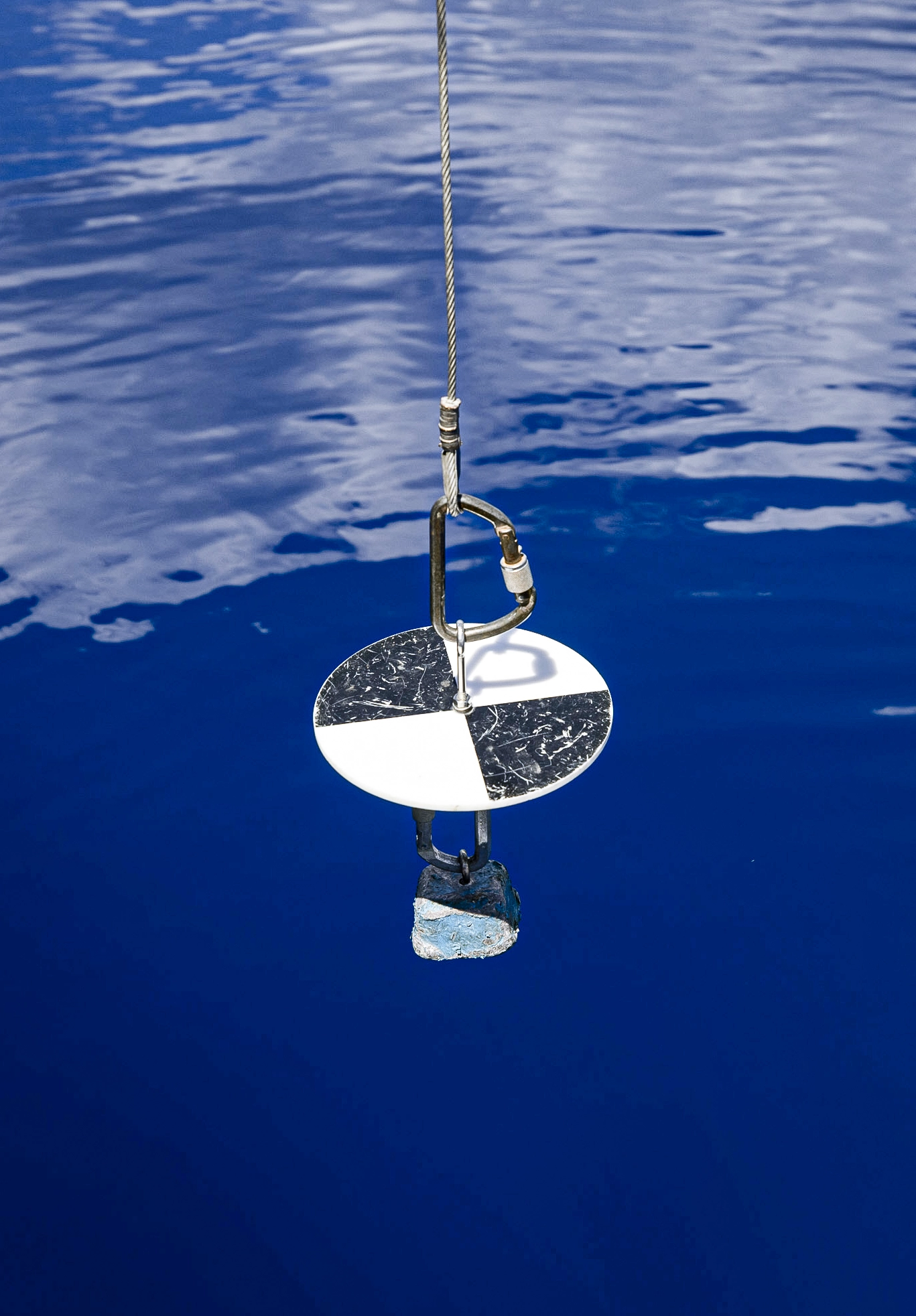How to Look for "Gold" Hydrogen
I wrote about the presence of hydrogen in June (SEE HERE) and THIS ARTICLE follows on, giving some insights into the search for crustal hydrogen.
For many years it was believed that while hydrogen may be produced in the crust, it was too reactive and able to escape too easily for any significant quantities to be trapped. But opinions have changed and there are reports that significant deposits are being found.
But they are not in the places where there has been lots of drilling in the past - you are unlikely to find hydrogen in the places where you would look for oil or natural gas.
It is a familiar story - if you don't look for it you will not find it! But where to look for it. And the theorists are now postulating where the places to look are.
What you need are lots of groundwater and lots of iron-rich rocks. Put simply steam reacts with iron to produce hydrogen. The temperature needs to be hot - about 300⁰C. And you need a reservoir and a seal.
The use of hydrogen as a fuel, replacing hydrocarbons, would make a tremendous difference to the production of greenhouse gases. And that would be a good thing!


